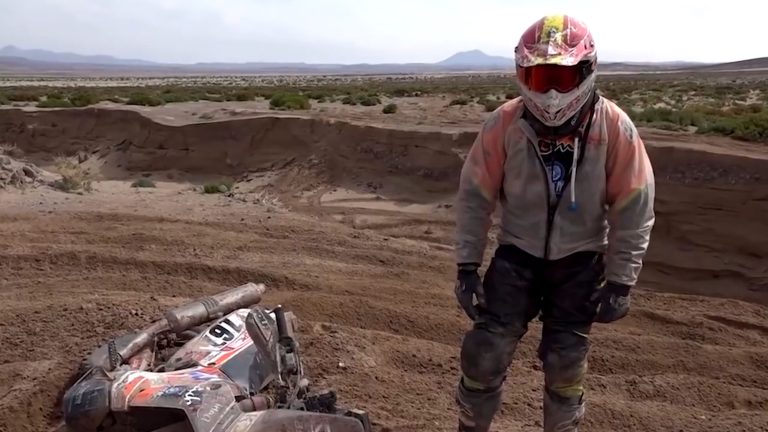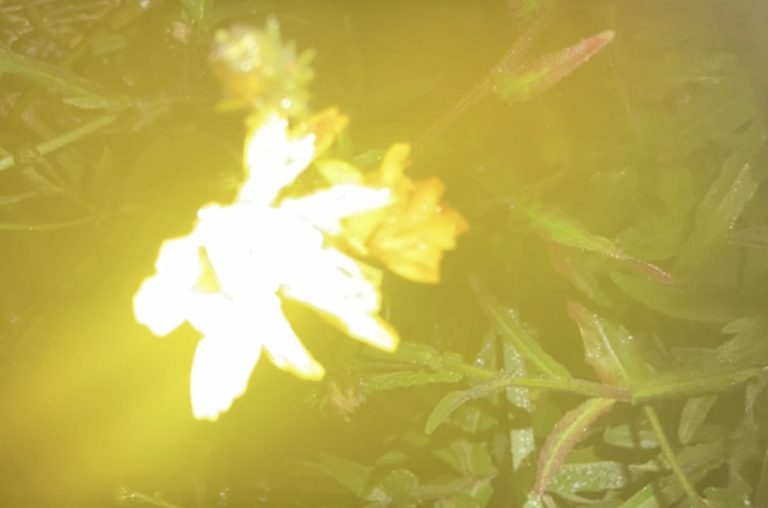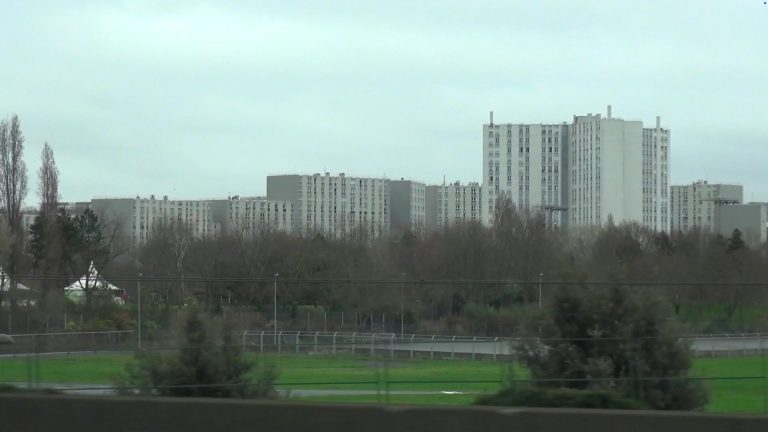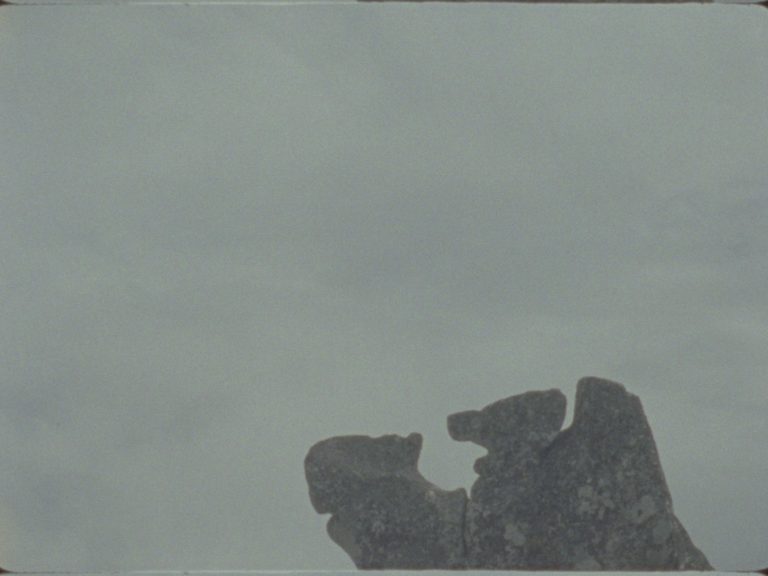An Angelic Transmission
Curated by Alejandro Alonso Díaz
The air is heavy and the residues of life, endless. Energy is transmitted through chimneys, windmills, pipelines, radioactivity, engines and turbines. Our physical environments absorb the vibrations of all these combusting channels. Systems and structures are recipients of material efforts where immaterial desires are consumed, perpetually in flames. This heavy atmosphere is also where everything angelic resides. In the shape of whispers, fragrances, exhalations or dreams, immateriality dominates everything solid.
Energy is the field not only of the potential, but also the sacred: angels, spirits, dragonflies, ancestors, corpses, sunsets. Frequencies and scents of the unspeakable gather across immateriality. According to Anne Boyer, ‘‘Angels leave no artifacts. And the instant is always at risk of being strangled by a more contemporary unit called –the moment–, which is the present’s vacuum substitution for the deep immeasurability of the quasi–eternity, the instant once made possible inside of time.” In an inconsolable and compassionless present, the value of life has been reduced to nothing but a commodity. Embodied beings as material entities, can be subjected to transactions, murdered, dispossessed, burned alive. Condemned to move from one logistical moment to the next, we need to come up with an angelic transmission. If we are to die, let’s reinvent eternity. Let’s melt the foundations of this material world into an angelic sphere.
An angelic transmission, –the organizing principle for this series of films– considers the non–tangible, somatic and immaterial variables that guide a potential transformation of energy: one that is compassionate, transformative, ephemeral and powerful.
Alejandro Alonso Díaz is a curator and writer. Since 2017 he directs fluent, a non–profit organisation dedicated to contemporary art. His practice considers the semiotics of energy as a site of contestation and a way of thinking through. He has developed research and curated projects for Museo Nacional Centro de Arte Reina Sofía, Madrid; Fundação Gulbenkian, Lisbon; dOCUMENTA 15, Kassel; Fundación Botín, Santander, and Foundation KADIST, Paris among other institutions and museums. His writing moves across genres, mostly from theory to poetry, and it has been published extensively by e–flux, Sternberg Press, Mousse Magazine, frieze, Concreta, or Terremoto.

December 23, 2025 – January 15, 2026
Ken Okiishi
Telly & Casper
2000, single-channel video, sound. 26:56 min
Filmed in early internet NYC during the 2000, Telly & Casper offers a view into a transitional state, when the body was starting to “freak out” (and “shut down”) against the pressure of so much social data. The city was beginning to feel more like a website than a mise-en-scene, as data flowed and redistributed urban experience along lines of legal and real estate “development,” gaining speed and efficacy of control through increasingly precise technologies of collecting data streams. In Telly & Casper, the glitches this produced “in real life” are inputted into urban space and narratives: the Larry Clark/Harmony Korine film KIDS, treated as a cinematic data set, is thrown onto adolescent bodies attempting to become something in these emerging networks of control and redistribution. The genres of remake and appropriation loosen control, as references fail to move in linear, fixed paths, while also being increasingly recorded and re-posted. This is the opening both of the possibility of new subjectivities and the possibility of in-real-time control of consumers and vampires addicted to feedback loops.
↳ Screen Archives
- An Angelic Transmission
- An Angelic Transmission
- Curated by Alejandro Alonso Díaz








